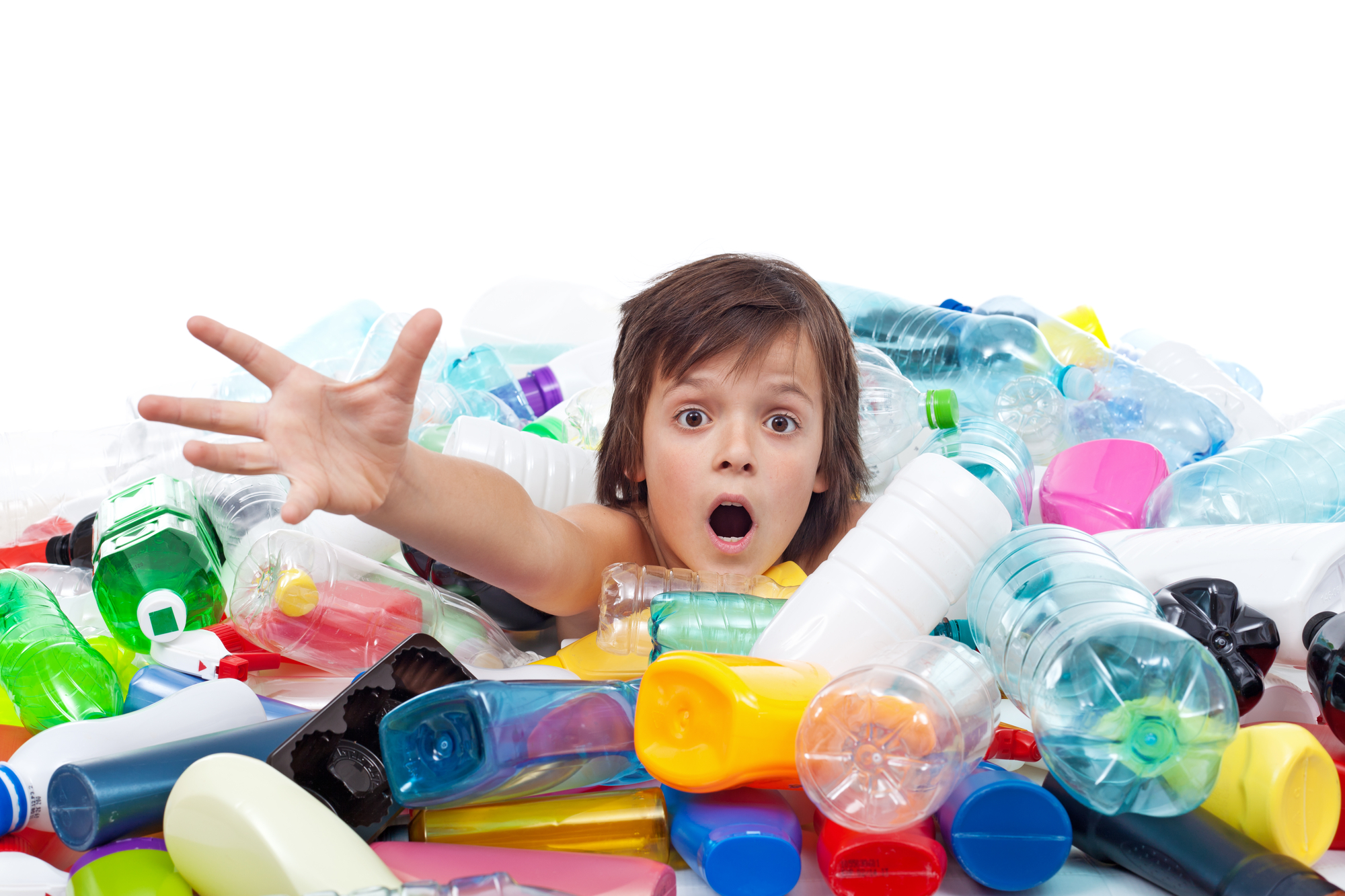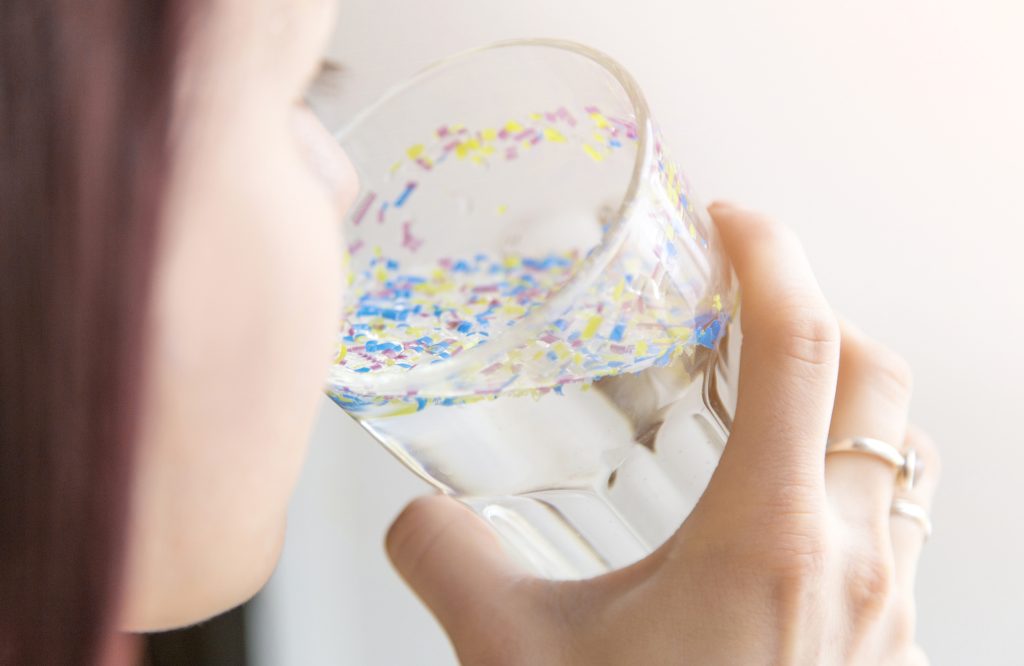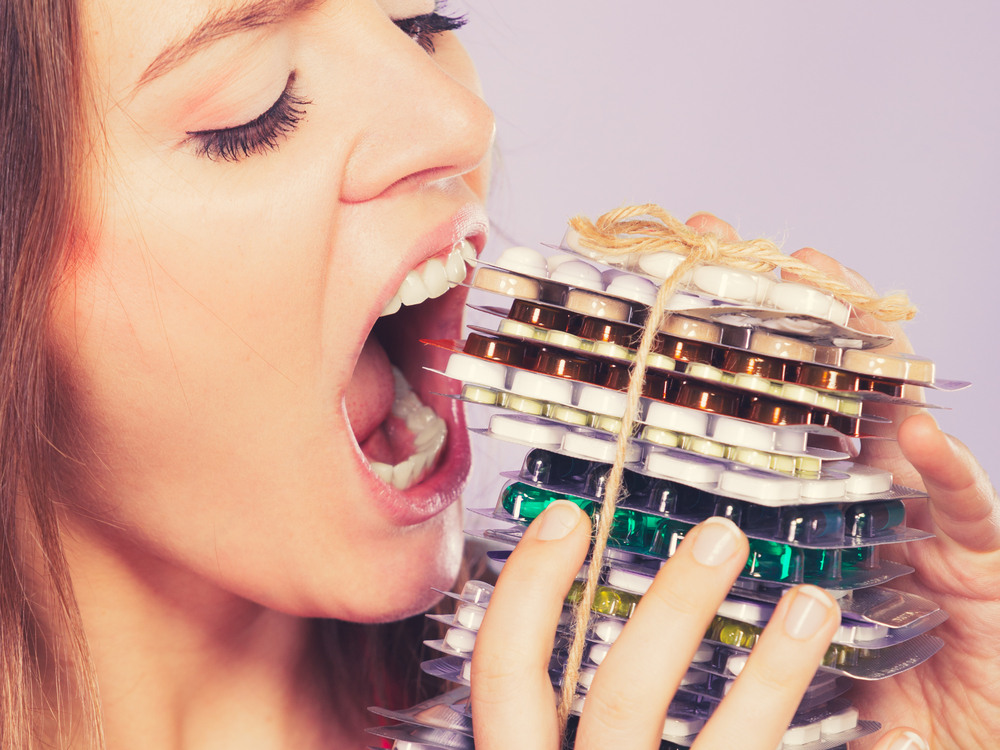
There is a lot of good publicity in the media about plastic recycling and plastic recycling facilities by the governments, and how good it is for the environment and the human. But is plastic recycling really that good or rather evil for the planet? The consumers are being blamed for generating plastic, while the manufacturers are acting at a snail’s pace pretending to minimise the production of plastic packaging. The short-sighted vision of plastic recycling is creating serious consequences for current and future generations by promoting plastic recycling plants rather than acting in the best short-term and long-term interests of humanity. There are renewable options for packaging so why we do not pursue those options? The research on the detrimental impact of microplastic on the environment is overwhelming and frightening and makes one wonder why plastic recycling facilities are still promoted. Each human, unborn child, mother’s milk, soil, blood, plants, water, and even glaciers’ water, arctic deep sea, and air contains microplastic. Every time you touch something plastic you absorb microplastic into your body. Plastic can be recycled up to 3 times only, some plastic cannot be recycled at all. The health impact of plastic recycling facilities is poorly researched and understood and water filtration systems are still inadequate and likely never will be. So why create more health and environmental problems if we did not have enough already? Diseases like Alzheimer’s, dementia, cancer, and so on are on the increase as microplastic crosses the blood-brain barrier.
Below is only “a drop in the ocean” of the research on microplastic and its impact on the human and the planet. I hope this literature review will make you think deeper about plastic manufacturing and its recycling, and encourage you to do your own research so you can make wiser choices as a consumer.
Microplastic can be removed naturally to some extent with the help of natural medicine, but the tap with microplastic needs to be turned off.
Australia’s annual plastic consumption produces the same amount of greenhouse gas emissions as 5.7 million cars, an analysis released by conservation groups suggests.
Recycling can release huge quantities of microplastics, study finds | Plastics | The Guardian
Scientists warn toxic plastic chemicals a ‘stealth threat’ to human and planetary health | SBS News
Because the heating process shortens polymer chains, thus degrading plastic quality, a water bottle can’t simply reincarnate as another water bottle—or anything food-grade, per stringent packaging requirements.
Microplastic effects on plants – Rillig – 2019 – New Phytologist – Wiley Online Library
Microplastic effects on plants – PubMed (nih.gov)
Microplastic effects in terrestrial ecosystems have recently moved into focus, after about a decade of research being limited to aquatic systems. While effects on soil physical properties and soil biota are starting to become apparent, there is not much information on the consequences for plant performance. We here propose and discuss mechanistic pathways through which microplastics could impact plant growth, either positively or negatively. These effects will vary as a function of plant species, and plastic type, and thus are likely to translate to changes in plant community composition and perhaps primary production. Our mechanistic framework serves to guide ongoing and future research on this important topic.
With current plastic production and the growing problem of global plastic pollution, an increase and improvement in plastic recycling is needed. There is limited knowledge or assessment of microplastic pollution from point sources such as plastic recycling facilities globally. This pilot study investigates microplastic pollution from a mixed plastics recycling facility in the UK to advance current quantitative understanding of microplastic (MP) pollution release from a plastic recycling facility to receiving waters. Raw recycling wash water were estimate to contain microplastic counts between 5.97 106 – 1.12 × 108 MP m−3 (following fluorescence microscopy analysis). The microplastic pollution mitigation (filtration installed) was found to remove the majority of microplastics >5µm, with high removal efficiencies for microplastics >40µm. Microplastics <5µm were generally not removed by the filtration and subsequently discharged, with 59-1184 tonnes potentially discharged annually.
Microplastics in soils can affect plant performance, as shown in studies using individual plants. However, we currently have no information about potential effects on plant community productivity and structure. In a plant community consisting of seven plant species that co-occur in temperate grassland ecosystems, we thus investigated the effect of microplastics (i.e., microfibers) and drought, a factor with which microfibers might interact, on plant productivity and community structure. Our results showed that at the community level, shoot and root mass decreased with drought but increased with microfibers, an effect likely linked to reduced soil bulk density, improved aeration, and better penetration of roots in the soil. Additionally, we observed that microfibers affected plant community structure. Species such as Calamagrostis, invasive in Europe, and the allelophatic Hieracium, became more dominant with microfibers, while species that potentially have the ability to facilitate the establishment of other plant species (e.g., Holcus), decreased in biomass. As microfibers affect plant species dominance, the examination of cascade effects on ecosystem functions should be a high priority for future research.
The most abundant chemical in the plastics is polyethylene, which is used for single-use packaging, plastic bags and containers such as bottles. Up to 1,884 microplastic particles were found per cubic metre of seawater in some locations, up to 18 times higher than in similar tests during the last Ocean Race, which ended in 2018. Scientists noted that the sensitivity of their instruments is now higher.
Microplastics, or plastic particulates measuring less than five micrometers, are a growing environmental concern. These particulates disrupt reproduction, immune cell and microbiome composition in the gut, and neural and endocrine function in aquatic species and laboratory animals.1-4 Now, a new study published in Cell Reports suggests that the smaller the plastic, the greater the problem.5
Recent studies have shown that inflammatory responses in the intestines affect the brain. Neurological effects from the ingestion of microplastics have been abundantly documented in marine species2,7,8 as plastic pollution in water ways is an outstanding problem.
However, even after two months of daily nanoplastic ingestion, cognitive function and short-term memory impairments were mitigated by blocking IL-1β using either a monoclonal antibody or chemical inhibitor, and more promisingly, by cessation of nanoplastic exposure. One month after Wang and his team stopped feeding mice nanoplastics, they performed as well as nontreated mice in neurological assessments.
Microplastics can enter the human brain (newswise.com)
The research team was able to determine that tiny polystyrene particles could be detected in the brain just two hours after ingestion. The mechanism that enabled them to breach the blood-brain barrier was previously unknown to medical science. “With the help of computer models, we discovered that a certain surface structure (biomolecular corona) was crucial in enabling plastic particles to pass into the brain,” Oldamur Hollóczki explained. The blood-brain barrier is an important cellular barrier that prevents pathogens or toxins from reaching the brain. Nanoplastics are defined as having a size of less than 0.001 millimetres, while at 0.001 to 5 millimetres, some microplastics are still visible to the naked eye.
Microplastics are in our bodies. Here’s why we don’t know the health risks (sciencenews.org)
In recent years, microplastics have been documented in all parts of the human lung, in maternal and fetal placental tissues, in human breast milk and in human blood. Microplastics scientist Heather Leslie, formerly of Vrije Universiteit Amsterdam, and colleagues found microplastics in blood samples from 17 of 22 healthy adult volunteers in the Netherlands. The finding, published last year in Environment International, confirms what many scientists have long suspected: These tiny bits can get absorbed into the human bloodstream.
A 2021 study identified more than 2,400 chemicals of potential concern found in plastics or used in their processing. Here are a few of the most worrisome.
How many times can plastic be recycled? (plasticexpert.co.uk)
The majority of the time, all of these plastics can only be recycled once from problems breaking down materials during the recycling process. At the recycle plant, the plastic is shredded and melted which breaks down the plastic polymer chain. If you’re lucky, they might be able to survive one more recycling, but that’s about it. One common misconception is that plastic can be recycled over and over again. However, this is usually spewed as a justification to continue manufacturing plastic products rather than switching to different materials.
There is limited knowledge or assessment of microplastic pollution from point sources such as plastic recycling facilities globally. Further research on this potential source of MP pollution is needed to support progress within the plastic recycling industry without these facilities potentially contributing to an increase of global MP pollution.
If you would like to know more about how the DH-Natural Medicine Clinic can help you, please call us now on
(02) 4854 0205
 Danuta Hulajko is a Naturopath, international speaker and the founder & practitioner at the DH Natural Medicine Clinic and www.healingremedies.com.au in the Southern Highlands
Danuta Hulajko is a Naturopath, international speaker and the founder & practitioner at the DH Natural Medicine Clinic and www.healingremedies.com.au in the Southern Highlands
Danuta specialises in Allergies, Anti-Aging, Auto-Immune Conditions, Cardiovascular Conditions, Female Reproductive, Long Covid, Menopause, Mould Toxicity, Skin Conditions, Stress and Insomnia and Thyroid Dysfunction.
References:



